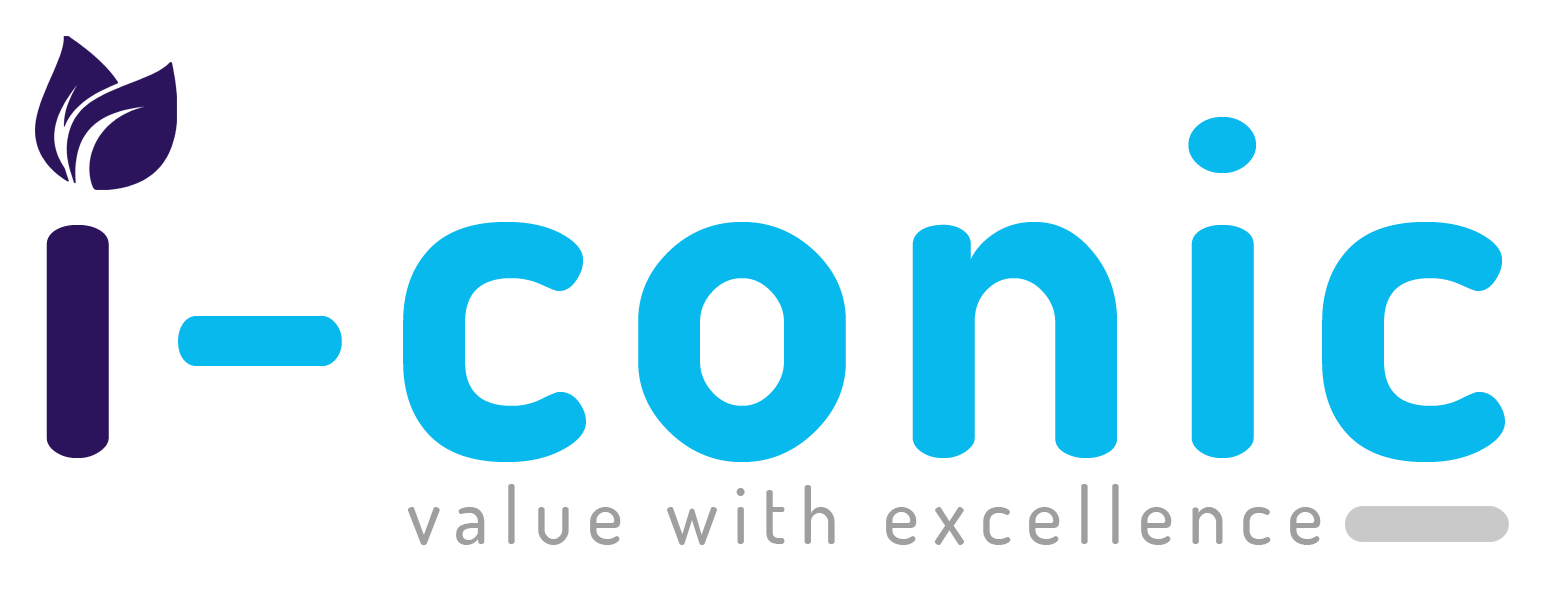Revenue Cycle Management (RCM) is the backbone of a financially healthy medical practice. From patient registration to final payment collection, every step in the revenue cycle must be optimized to minimize claim denials, reduce delays, and maximize reimbursements. Poor RCM can lead to lost revenue, administrative inefficiencies, and frustrated patients. To help streamline your practice’s financial operations, here are eight key strategies to improve Revenue Cycle Management, ensuring smoother cash flow and better financial stability.
1. Accurate Patient Registration
The foundation of an efficient Revenue Cycle Management process begins with accurate patient registration. Errors in demographic details—such as incorrect birth dates, misspelled names, or outdated insurance information—can lead to claim rejections and payment delays.
“It’s important to ensure accuracy at this point,” says Johnson, an RCM expert. Practices should verify and update patient information before every appointment, including:
- Full legal name (including middle initial)
- The correct date of birth
- Current insurance policy details
- Primary and secondary payer information
Automated patient registration software can help reduce manual errors and improve efficiency, ensuring a smoother start to the revenue cycle.
2. Thorough Insurance Verification
One of the most common reasons for claim denials is failure to verify insurance coverage before services are rendered. Administrative staff should confirm:
- Active policy status
- Physician network participation
- Coverage for specific procedures
- Prior authorization requirements
- Patient copays, deductibles, and coinsurance
By proactively verifying insurance benefits, practices can avoid unexpected denials and ensure patients understand their financial responsibilities upfront.
3. Streamlined Patient Check-In and Check-Out
Effective communication between front desk staff and authorization teams is critical for smooth Revenue Cycle Management.
“It’s important that the practice identifies a workflow for the two departments to easily communicate,” says Johnson. “When the patient checks in, front desk staff should know exactly where to look for insurance verification details and any required copayments or deposits.”
Implementing a standardized patient check-in/check-out process reduces errors and ensures all necessary financial and administrative steps are completed before the patient leaves.
4. Precise Medical Billing and Coding
Medical billing and coding errors are among the top causes of claim denials. To avoid costly mistakes:
- Ensure CPT® codes match the documented diagnosis.
- Verify that all services rendered are properly coded.
- Work closely with physicians to correct discrepancies before claim submission.
“Coding errors are the most common reason claims are denied,” Johnson emphasizes. “It’s crucial to review this step before claims are even created.”
Investing in certified medical coders and AI-powered coding tools can significantly improve accuracy and reduce denials.
5. Error-Free Claim Submission
Submitting incomplete or incorrect claims leads to unnecessary delays. The billing team must:
- Confirm all required fields are completed.
- Ensure the claim meets specific payer requirements.
- Use a clearinghouse to electronically transmit claims efficiently.
“Different insurance companies require different information,” says Johnson. “Incorrect claim forms result in rejections, delaying reimbursement.”
Automated claim scrubbing software can help detect errors before submission, increasing first-pass acceptance rates.
6. Proactive Monitoring of Payer Decisions
Once claims are submitted, practices must track their status. Key steps include:
- Ensuring no claims remain in “unsubmitted” status.
- Reviewing denied or rejected claims for errors.
- Identifying trends in denials to prevent future issues.
“Address unsubmitted claims first,” advises Johnson. “Then, focus on resolving denials promptly to avoid prolonged revenue delays.”
7. Accurate Patient Billing and Statements
After insurance processes a claim, the practice receives an Explanation of Benefits (EOB) or Electronic Remittance Advice (ERA). Before generating patient statements, staff should:
- Verify insurance payments and adjustments.
- Confirm patient responsibility amounts.
- Send statements on a regular, frequent schedule to avoid payment delays.
Automated billing systems can improve accuracy and speed up collections.
8. Leveraging Healthcare RCM Solutions
To optimize Revenue Cycle Management, many practices turn to Healthcare RCM solutions, such as:
- AI-driven claim scrubbing
- Automated eligibility verification
- Denial management software
- Patient payment portals
These tools reduce manual workload, improve accuracy, and accelerate cash flow.
Final Thoughts: Strengthening Your Revenue Cycle Management
Improving Revenue Cycle Management requires attention to detail, efficient workflows, and the right technology. By focusing on these eight key strategies—from accurate patient registration to leveraging advanced Healthcare RCM solutions—practices can reduce denials, enhance collections, and maintain financial stability.
The goal is not just faster reimbursements but also a better patient experience. When billing processes run smoothly, patients are more satisfied, staff are less stressed, and the practice thrives financially.






